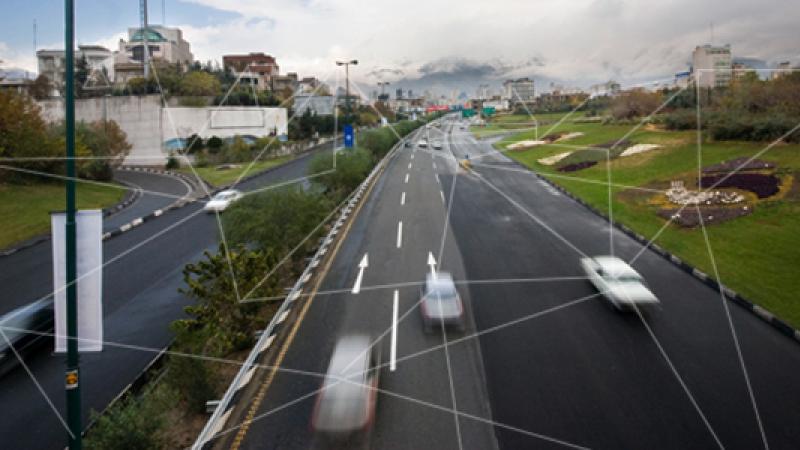The internet plays an increasingly important role in the modern world, not only at the level of infrastructure but also in culture, society and business. The Internet of Things (IoT) extends that role to an increasingly diverse range of devices and communications streams, many of which will be essentially machine-to-machine communications, rather than involving a person at either endpoint.
Gartner defines the IoT as the network of physical objects that contain embedded technology to communicate and sense or interact with their internal states or the external environment. It encompasses hardware (the "things" themselves), embedded software, communications services and information services associated with the things.
The growth of such things will be rapid, such that the IoT's growth will far exceed that of other connected devices. Gartner forecasts that, in 2020, the number of smartphones, tablets and PCs in use will be 7.3 billion. But the IoT will expand much faster, to about 26 billion units in the same year.
>See also: 4 things that will happen in the Internet of Things space in 2014
Due to the low cost of adding IoT capability to consumer products, Gartner expects that "ghost" devices with unused connectivity will be common. They will include products that have the capability built-in but require software to "activate" it, and products with IoT functionality that customers do not actively use.
By 2020, component costs will have declined to the point that connectivity becomes a standard feature, even for processors costing less than $1. This will raise the possibility of connecting just about anything, from the very simple to the very complex, to offer remote control, monitoring and sensing.
The IoT will bring new supplier opportunities and add economic value
Gartner estimates that the IoT will add $309 billion to the combined revenue of hardware, software and services suppliers in 2020. For example, LED light bulbs are only just coming to market, and the early models are not networked. By adding IoT capability, LED lighting suppliers can charge higher prices for their products, and associated services will arise. About 15% of LED lamps will contain connectivity technology by 2020 and will therefore be part of the IoT. This amounts to more than 1 billion connected lamps.
The use of LEDs results in considerable energy savings, combined with electronic controllability. About 90% of the energy savings will be in consumer markets, with commercial, street and area lighting accounting for the rest. The energy savings are so great that governments will encourage the use of LED lamps through subsidies and forced use
>See also: Major Internet of Things cyberattack uncovered
Economic "value-add" — the aggregate benefit that businesses derive from the sale and use of IoT technology — is forecast to hit $1.9 trillion across all sectors in 2020, according to Gartner. The industries that are currently leading its adoption are manufacturing (15 per cent), healthcare (15%), and insurance and banking and securities (11%).
The banking industry, for example, has widely employed connected automatic teller machines and point-of-sale (POS) technology to deliver operational savings and enhance revenue opportunities. The banking and securities industry will continue to innovate around mobile and micropayment technology using convenient POS terminals, and will invest in improved physical security systems and smart-building technology.
The healthcare sector will see a wide range of innovations, from personal medical devices such as wearable wireless monitors and sensors to smart pills, connected medical instruments and diagnostic equipment, as well as implantable technology. Medical technology, however, will take longer than areas such as lighting to move into the mainstream because of regulation. Nevertheless, the new IoT technologies will add $285 billion of healthcare provider value to the global economy by 2020, with the main benefits felt after this date.
As hardware costs fall and solutions proliferate, the bulk of the revenue opportunity falls to service providers. Although the industry will benefit tremendously from IoT technology, consumer end users will drive almost two-thirds of IoT supplier revenue.







